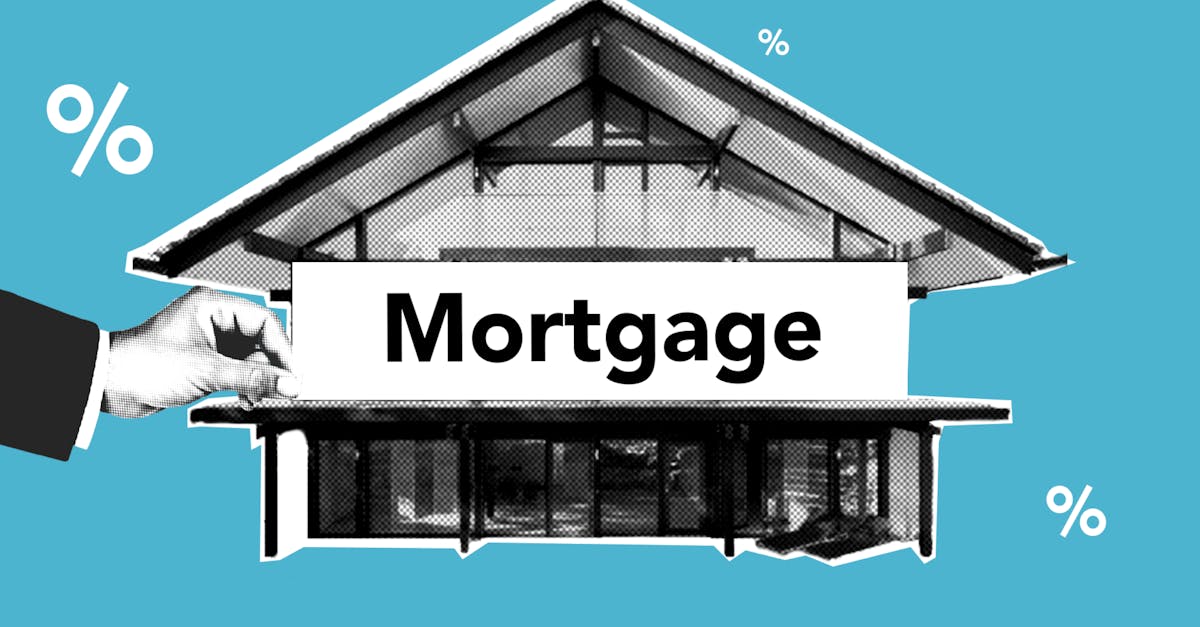
Table Of Contents
Ideal Markets for the 2% Rule
The 2% rule for investment properties can be most effectively applied in markets where property prices are relatively low compared to rental income. Many investors find success in secondary or tertiary cities, where the demand for rental units persists yet property values remain affordable. These locations often attract tenants seeking value, making it easier to meet or exceed the 2% threshold. Additionally, these markets may provide a range of investment property loans featuring favorable terms that support cash flow strategies for landlords.
Another factor influencing the success of the 2% rule is the local job market and population growth. Areas experiencing robust employment opportunities typically draw an influx of residents in need of housing. This demand helps maintain or push up rental prices, which can further enable properties to meet the 2% guideline. Savvy investors will often research current economic trends to identify high-potential markets, where their investment property loans can yield positive cash flow while minimizing risks associated with vacancy rates and declining property values.
Identifying Suitable Locations
Identifying suitable locations for the 2% rule involves analyzing markets with strong rental demand and growth potential. Properties in urban and suburban settings often attract a diverse tenant pool, increasing the likelihood of achieving the rental income needed for this strategy. It’s essential to evaluate local economic indicators, such as job growth and population trends. Areas with universities, vibrant job sectors, and improving infrastructure can be particularly appealing.
Another factor to consider is the accessibility of Investment Property Loans. Lenders often prioritize markets with a track record of favorable rental yields and low vacancy rates. Investors should explore neighborhoods that align with these lending criteria, as favorable financing options can enhance overall cash flow and return on investment. Conducting thorough research on these aspects helps in making informed decisions about location selection.
Comparing the 2% Rule with Other Guidelines
The 2% rule provides a straightforward metric for evaluating potential rental properties. However, investors often find themselves comparing it with other guidelines, such as the 1% rule or the cash-on-cash return metric. While the 1% rule suggests that a property should generate monthly rental income equal to at least 1% of its purchase price, the cash-on-cash return focuses on the actual cash invested and the cash flow generated. Each method has its advantages, and the choice often depends on individual financial goals and local market conditions.
Investment property loans can significantly affect an investor's perspective on these guidelines. Factors such as interest rates, down payment requirements, and financing terms can shift the profitability of an investment. For instance, a property that meets the 2% rule might still yield a low cash-on-cash return due to high financing costs. Investors should carefully evaluate financing options alongside these rules to ensure a comprehensive understanding of their potential returns and risks.
Rental Yield vs. Cash Flow Analysis
Rental yield assesses the income generated from a property relative to its purchase price. Investors commonly calculate this metric by taking the annual rental income and dividing it by the property's total cost, then multiplying by 100 for a percentage. This figure provides a snapshot of how profitable a rental property could be, especially in comparison to other potential investments. A higher rental yield often indicates a more lucrative opportunity in the market, signaling to investors that they may be on the right track.
Cash flow analysis takes a more comprehensive view by examining the actual money flowing in and out of the investment. This includes not just rental income but also deducting expenses like property management fees, maintenance costs, and mortgage payments, typically funded through Investment Property Loans. A positive cash flow indicates that a property can support its operational costs and generate surplus income for the investor. Understanding both rental yield and cash flow is crucial for making informed investment decisions in the real estate sector.
Adjusting the 2% Rule for Different Investment Types
When considering the 2% rule for investment properties, it's crucial to note that different types of properties may require adjustments to this guideline. Single-family homes typically produce different cash flow dynamics compared to multi-unit properties. For single-family homes, the rental market can vary significantly based on location, demand, and competition, potentially leading to fluctuations in rental income that could impact overall profitability. Adopting the 2% rule in such cases might not always yield the expected results.
Multi-unit properties often present a different scenario. These can provide multiple streams of rental income, which might help in achieving or exceeding the 2% guideline. Investors should consider leveraging Investment Property Loans to finance these properties, as the potential for higher cash flow may offset the increased management complexity. This can lead to better overall returns, making multi-unit properties appealing under the 2% rule framework. Each investment type necessitates a tailored approach to maximize effectiveness within the established guidelines.
Single-Family Homes vs. Multi-Unit Properties
Single-family homes typically appeal to first-time buyers and families seeking stability. For many investors, these properties can be easier to finance and manage. They often require fewer repairs and maintenance compared to multi-unit properties, making them less demanding in terms of time and resources. Additionally, they usually attract long-term tenants, which can lead to consistent rental income. Investment Property Loans for single-family homes often come with favorable terms, allowing investors to leverage their capital effectively while minimizing risk.
Multi-unit properties present a different set of advantages and challenges. They can generate higher rental income due to multiple tenants occupying the same building. This can lead to better cash flow and a more robust overall return on investment. However, management responsibilities increase significantly with more tenants. Investors need to consider the costs associated with maintenance and potential tenant turnover. Investment Property Loans for multi-unit properties might have different requirements, reflecting the increased complexity of managing a larger asset.
FAQS
What is the 2% rule in real estate investing?
The 2% rule is a guideline used by real estate investors to determine whether a rental property is a good investment. According to this rule, a property's monthly rental income should be at least 2% of the total purchase price to be considered a worthwhile investment.
How do I calculate the 2% rule for a property?
To calculate the 2% rule, divide the expected monthly rental income by the property's purchase price and multiply by 100. If this percentage is 2% or higher, the property meets the 2% rule criteria.
Are there specific markets that are ideal for applying the 2% rule?
Yes, ideal markets for the 2% rule typically include areas with lower property prices and higher rental demand, often found in emerging neighborhoods or cities with a growing job market.
How does the 2% rule compare to other investment guidelines?
The 2% rule is a quick metric for evaluating potential rental properties but may not consider all factors, such as property management costs or maintenance expenses. It's often compared with other guidelines like the 1% rule, which suggests monthly rent should equal 1% of the purchase price.
Can the 2% rule be adjusted for different types of investment properties?
Yes, the 2% rule can be adjusted depending on the type of investment property. For example, multi-unit properties may have different rental income potential compared to single-family homes, which could affect how strictly you adhere to the 2% guideline.




